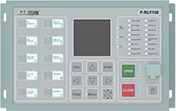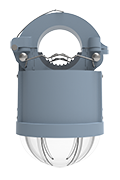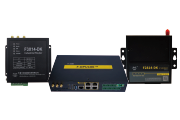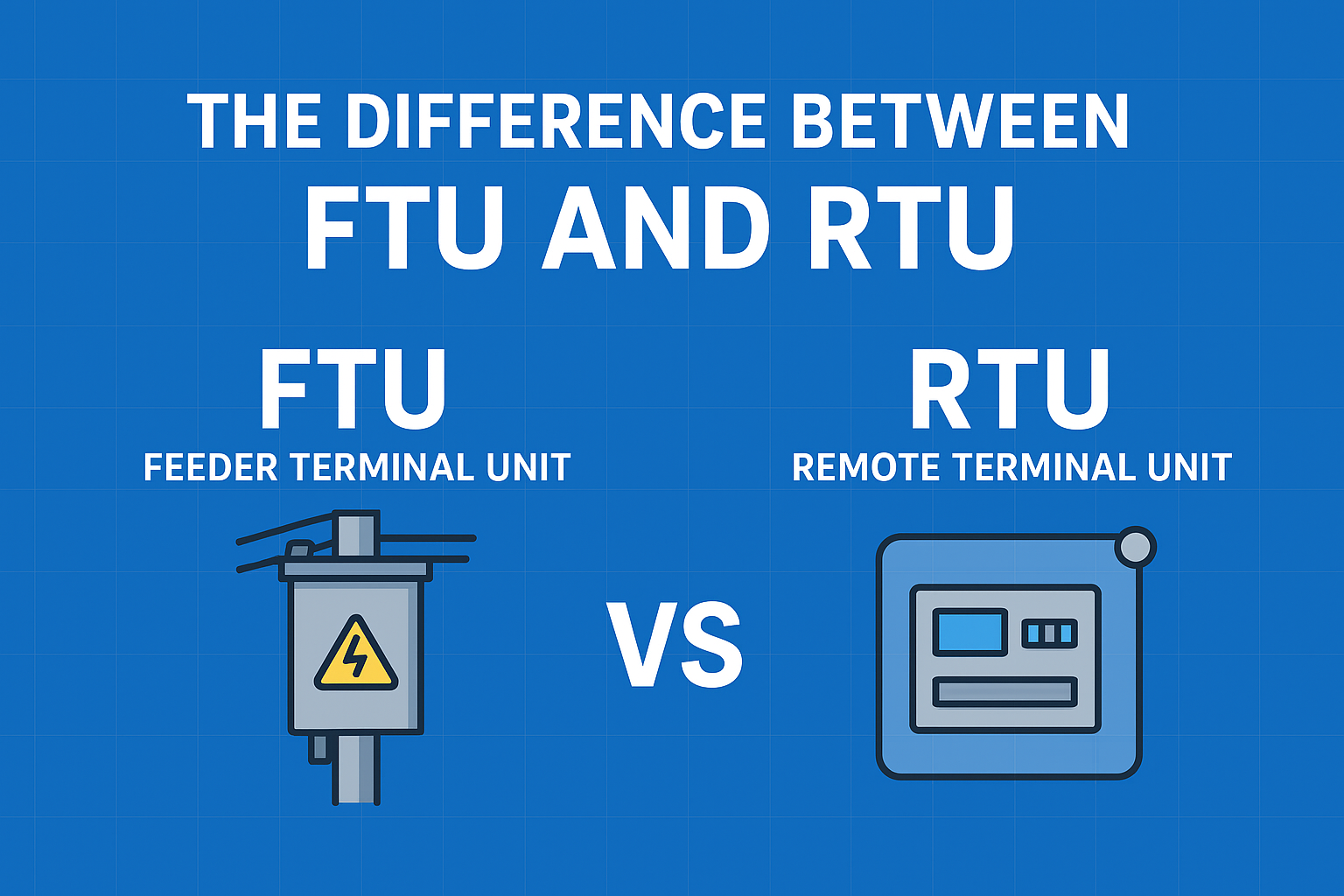News
What is the Routing Protocol?
Date:2023-07-07
The routing protocol is the part of a network stack that enables data to get to its ultimate destination in the most efficient way. They function by checking for optimal routes, building routing tables, and deciding on routes for your traffic. Without a routing protocol, packets wouldn't get directed to where they need to go.
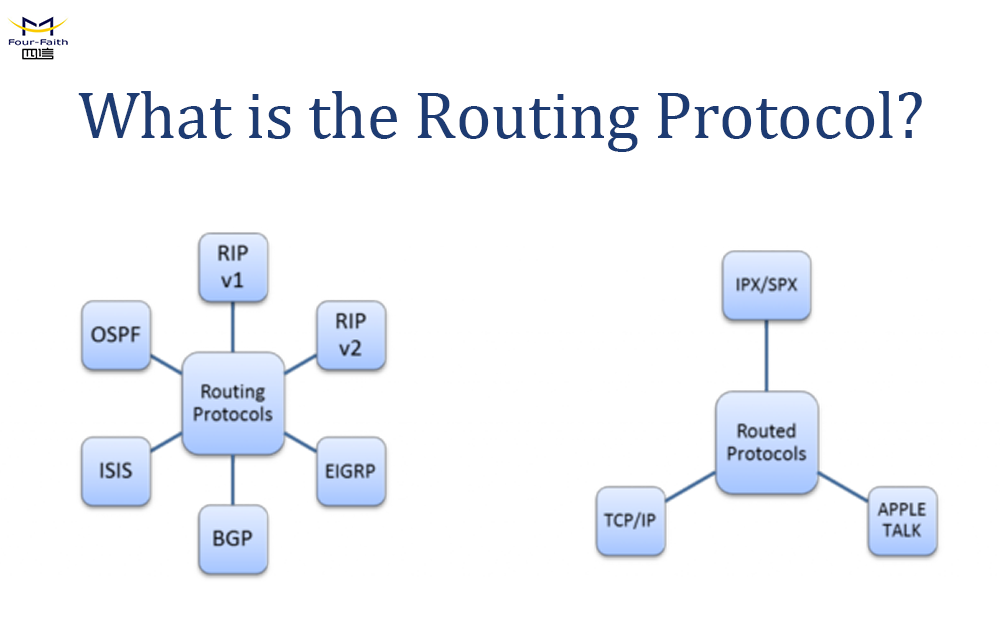
Routing protocols are configured on routers with the purpose of exchanging routing information.
It is divided into static and dynamic routing protocols:
Static routing protocols:
It mainly relies on manual configuration of each route to achieve remote data transmission
Dynamic routing protocols:
Unlike static routing, you don’t need to manually configure every route on each router in the network. You just need to configure the networks to be advertised on a router directly connected to them.
If a link fails and the network topology changes, routers can advertise that some routes have failed and pick a new route to that network.
Difference Between Routing Protocol and Routed Protocol
To know the Difference Between Routing Protocol and Routed Protocol keep reading this article till the end. Routing protocol and routed protocol are commonly used two types of protocols. A routing protocol can be used to specify how the routers communicate between them.
By communicating between them, they can pass information among them and this process enables them to choose the routers in between any two nodes in a computer network. We can only use the routing protocol between routers. The main use of routing protocol is that it helps others to create and maintain the routing tables.
The routing protocol works or runs only on the followings:
Layer 3 switches
⦁ Routers.
⦁ End devices.
⦁ Network servers.
File transfers, web traffic, emails, etc.). Majorly used routed protocol is IP. One Routing protocol can be run in multiple routers and can transmit the updations as well as the best routes to a destination.
Following types are the commonly used routing protocols:
⦁ EIGRP(Enhanced Interior Gateway Routing Protocol).
⦁ RIP(Routing Information Protocol).
⦁ OSPF(Open Shortest Path First).
The routed protocol, on the other hand, is a protocol that is used to route data from one network to another. All the application traffic can be transmitted by using this protocol through the network. All the needed addressing information is provided from its network layer or internet layer. Routed protocols include the following(3 major types),
⦁ IP(Internet Protocol (includes Telnet,RPC,SNMP,SMTP)).
⦁ IPX(Internet work Packet Exchange).
⦁ AppleTalk.
We can also define a routed protocol as, It is a network Protocol that can bee used to transmit the user data, these data are from one network to another. In this type, the protocol holds user traffic(including the best example that uses the IP is the internet. There are many versions, where the internet uses the IPv4 or IPv6 as the routed protocol.
In this type of routing, we require an addressing scheme. If we want to fin that a host belongs to which network, we can use this addressing scheme for that purpose. All the services provided by the routed protocol can be used by all the hosts on an internetwork, such as routers, servers, workstations.
The most commonly used Routed protocols are IP and IPX. Routing is used by routed protocols. In routing, there are special devices used for transferring the packets, which are called routers, outside the network. The routers are placed in the eds of multiple networks. This is to provide the connectivity between the networks.
Routed protocol:
⦁ Carries datagram(routed by layer 3 devices).
⦁ IP and IPX are the best examples.
⦁ Use a network map.
⦁ User traffic between routers is directed by this type of protocol.
⦁ Provide support to the network layer.
Routing protocol:
⦁ It has PDUs(carry routing information between layer 3 devices).
⦁ These protocols are used within a router.
⦁ It helps to create and maintain the routing tables.
⦁ RIP, EIGRP, OSPF are the best examples
RECOMMEND NEWS
RECOMMEND PRODUCTS
-
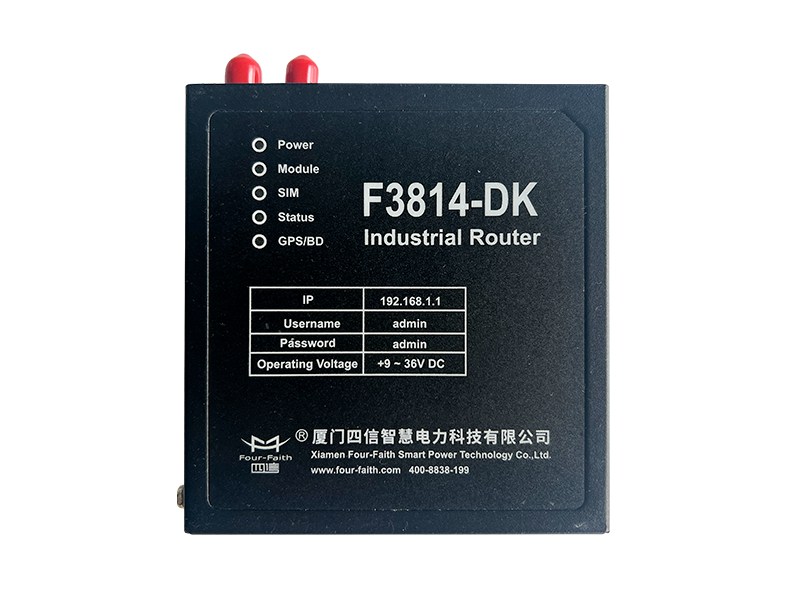
Industrial Wireless Router F3X14-DK
-
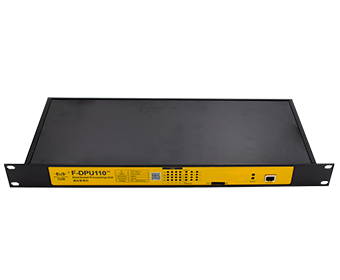
Intelligent Protocol Gateway F-DPU110-RK
-
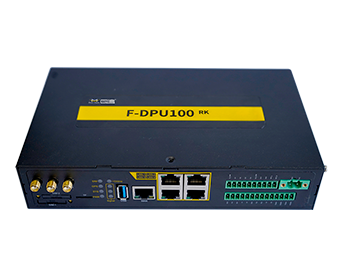
Protocol Converter Gateway F-DPU100-RK
-
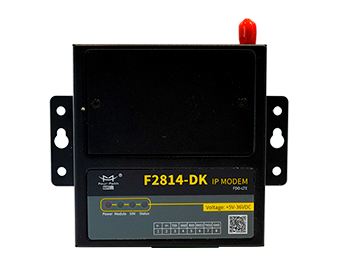
Industrial IP Modem F2X14-DK
-
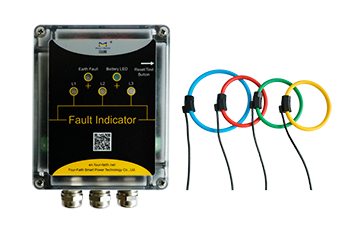
Underground Fault indicator DYO-FF-FIS
-
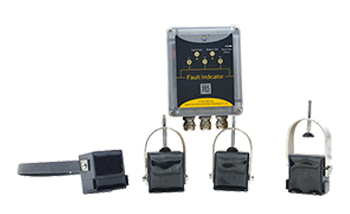
Underground Fault indicator DYO-FF-FI
-

Hand-held Tool FPI-Hand
-
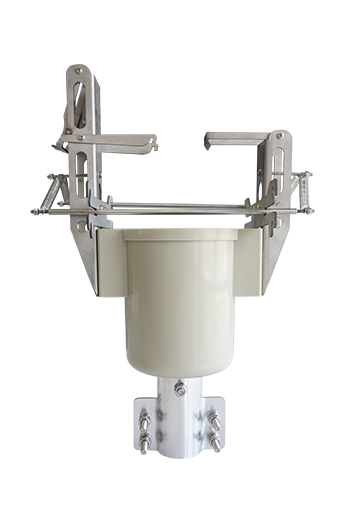
Hot Stick Tool
-
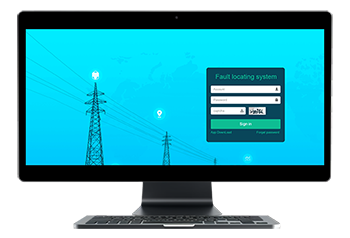
Four-Faith Fault Location System
-
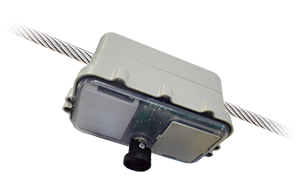
Communication Unit JYL-FF-HX
-

Communication Unit JYZ-FF-HD
-
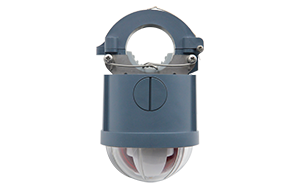
Flag Fault indicator JYZ-FF
-
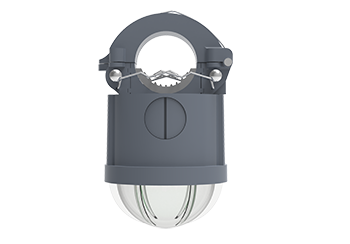
LED Fault indicator JYZ-HW
-

Automatic Circuit Recloser F-ACR
-

Feeder Terminal Unit F-FTU200
-
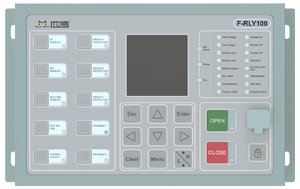
Feeder Protection Relay F-RLY100

